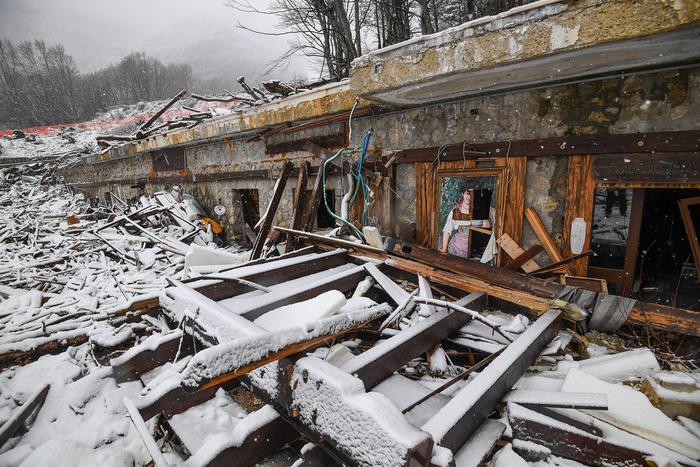The avalanche at the origin of the Rigopiano tragedy of 18 January 2017 broke away from Mount Siella at 16:41:59, going down to the valley it entered a canyon and at 16:43:20 it hit the hotel at the speed of about 100 kilometers per hour.
It took place within a minute and a half of the event that cost the lives of 29 people, and which from a geological point of view is reconstructed for the first time in the research published in the Scientific Reports journal, by the National Institute of Geophysics and Volcanology ( Ingv), Politecnico di Torino, WSL Swiss Institute for Snow and Avalanche Research and University of Munich.
There were three phases in which the avalanche spread, observed one of the authors of the research, Thomas Braun, from Ingv.
To reconstruct them, he observed, "we first narrowed the time window in which the avalanche occurred" and to do so "we relied on the history and content of the calls and emergency messages sent by the hotel". so that the last call from the hotel took place at 4.30 pm Italian time and at 4:54 pm there was an attempt to send a WhatsApp message requesting help from a person blocked by the snow. Hence the first possibility to narrow the time window to 24 minutes.
"Subsequently - added Braun - we looked for seismic signals hypothetically generated by the avalanche. In that period we were in the middle of the seismic sequence of central Italy, with epicenters about 45 kilometers west of Rigopiano" and this is how, "analyzing the signals recorded by the seismic stations, we noticed that the GIGS station located under the Gran Sasso, had recorded an anomalous signal in the 24 minutes identified as the time window of the avalanche release. Of this signal ". At that point, the researcher said again, “We studied the spectral content and the direction of origin, thus observing three distinct seismic phases that occurred within a few seconds”.
It remains open for researchers to understand why an avalanche, moving on the surface, can transmit seismic energy in the subsoil.
"The reconstruction of the event. Continued Braun - showed that the avalanche in the descent towards the valley covered a total of 2,400 meters and swept over trees and rocks, changing mass with a continuous increase in its specific weight. Today we know that the speed with which the avalanche hit the hotel was 28 meters per second, almost 100 kilometers per hour ".













